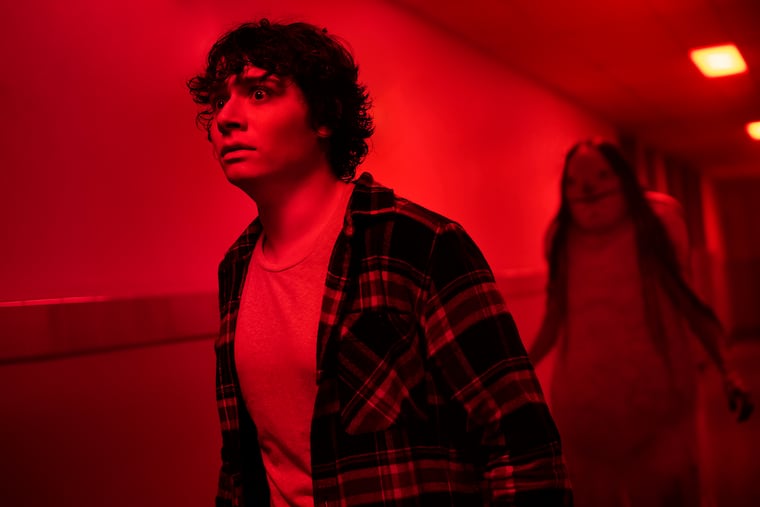Pennhurst’s controversial history exploited in Guillermo del Toro’s latest movie | Opinion
"Scary Stories to Tell in the Dark" can be seen as a cautionary tale that tramples on the memory of the people who lived at Pennhurst

Guillermo del Toro’s new film entitled Scary Stories to Tell in the Dark seems like a surefire box office success. Based on the Alvin Schwartz children’s book series, the film frightens viewers with a cycle of monsters that quite literally go bump in the night. Fittingly, the setting is a mythical Mill Valley, Pennsylvania, on Halloween night, 1968.
As del Toro has explained in interviews, and by the film’s narrator, stories have the power to scare us, hurt us, heal us, and to reveal something of our inner selves. Horror films in particular have the ability to upset our sense of individual and collective well-being.
One unintended consequence of this entertaining haunted house tale is its perpetuation of myths and stereotypes about state institutions for the mentally ill. It cannot be mere coincidence that the film’s state mental hospital is named “Pennhurst,” and all bad things course through its hallways where the teenage heroes run for their lives to avoid danger.
Much like the present-day “Pennhurst Asylum” venue that opens each autumn, the film trades on the images of monsters and psychopaths meant to frighten and terrorize innocent children. The year 1968 is instructive, too. This was the year investigative reporter Bill Baldini broadcast his five-part Pennhurst expose “Suffer the Little Children.” Its stark video footage of real-life horrors shocked viewers and exposed the mistreatment that occurred behind institutional walls. Such revelations contributed to Pennhurst’s closure.
Pennhurst State School and Hospital (1908-1987) never was a psychiatric facility. The Philadelphia State Hospital at Byberry and later Norristown State Hospital performed that role in the greater Philadelphia area. (They had their own scandals and institutional controversies.) Pennhurst was dedicated to the perpetual confinement of children and adults with intellectual and developmental disabilities, what were once called the “feebleminded." They bore society’s label of “morons” and “misfits” who were a menace by their very existence.
Scary Stories to Tell in the Dark bears more resemblance to the present-day commercialization of atrocities in the Pennhurst Asylum attraction than the real-life horrors Baldini documented. But as former Pennhurst resident Roland Johnson said of the institution, the scariest moments were at night. Under the cloak of darkness true predators roamed free and evil lurked just down the corridor.
If art sometimes imitates life, the film can be seen as an exploitative but cautionary tale that succeeds as commercial cinema yet perhaps unwittingly tramples on the memory of more than 10,000 human beings who once called Pennhurst home.
Dennis B. Downey is professor emeritus at Millersville University and the coauthor of the forthcoming book “Pennhurst and the Struggle for Disability Rights.”